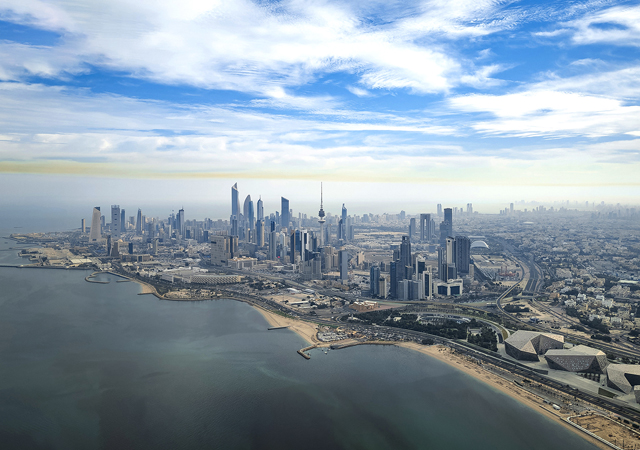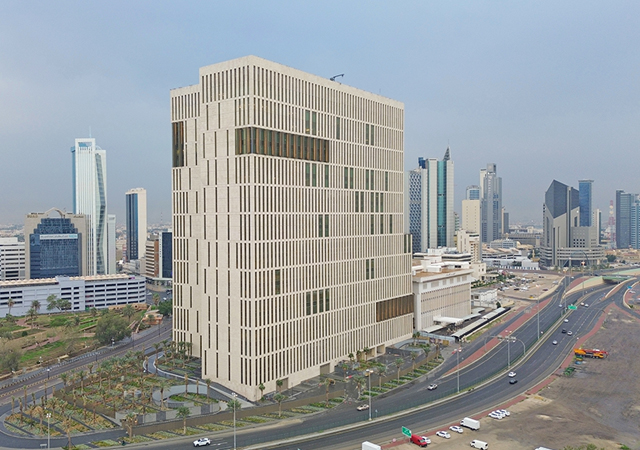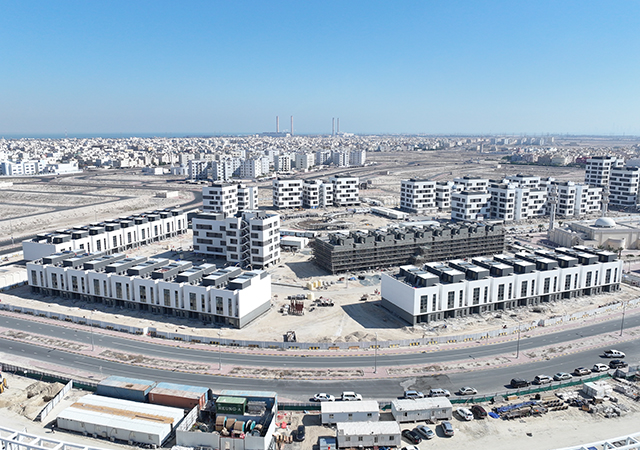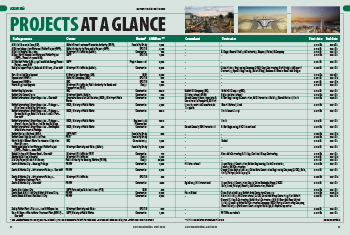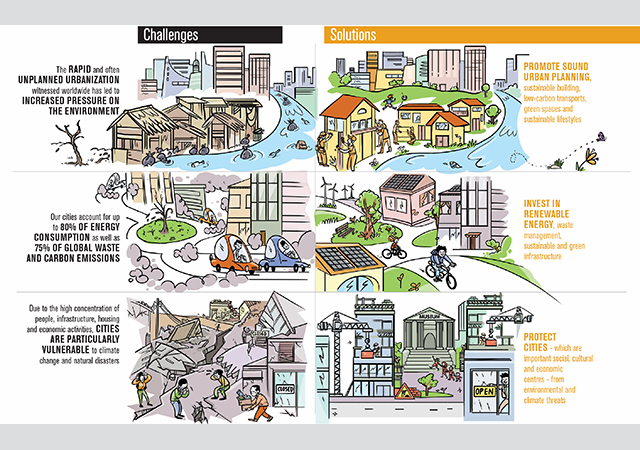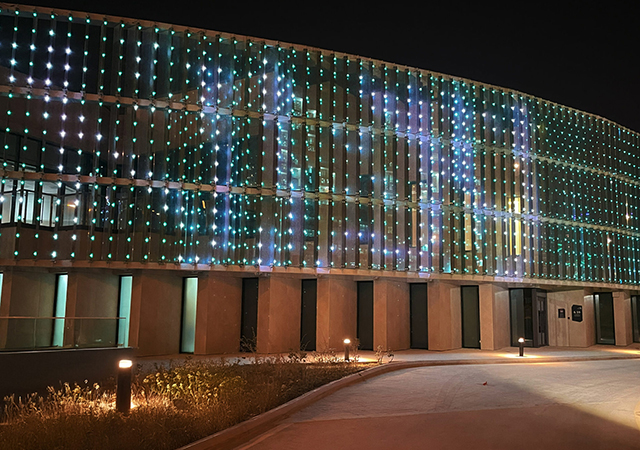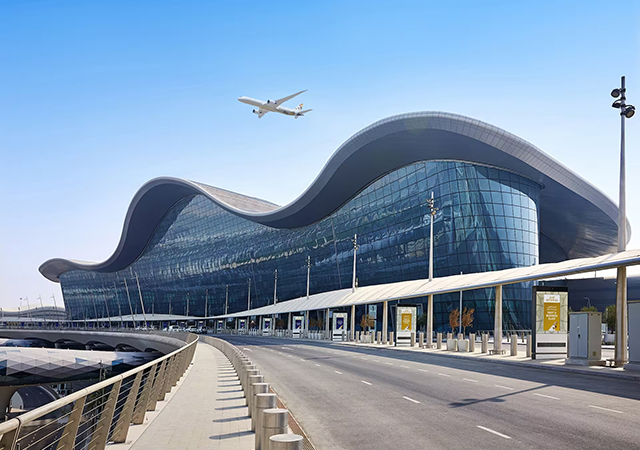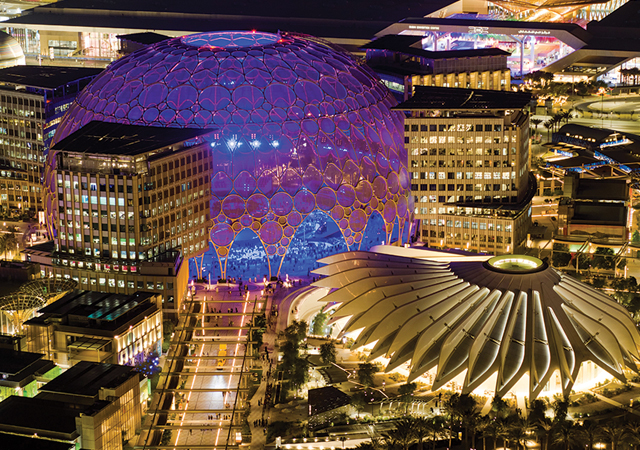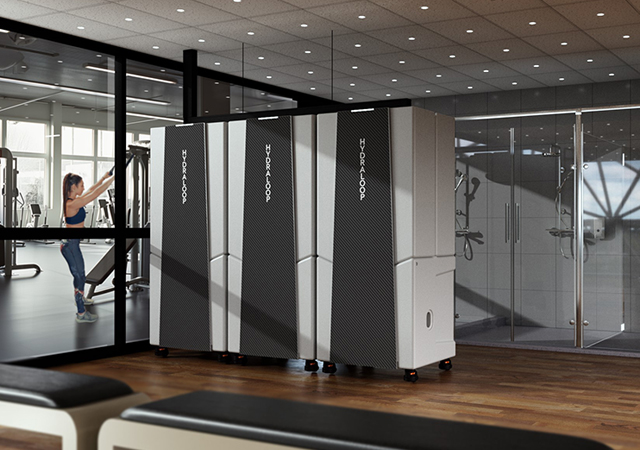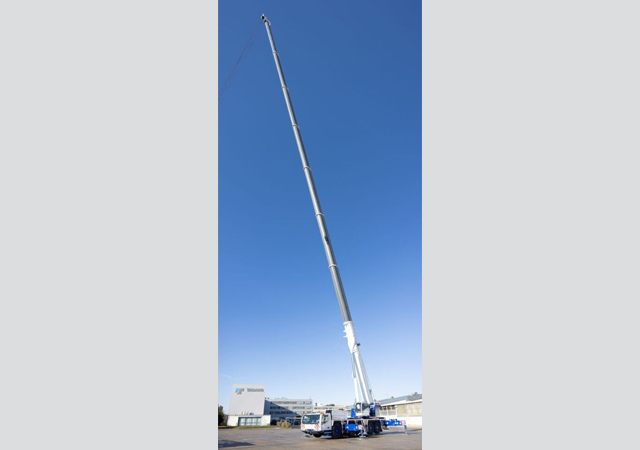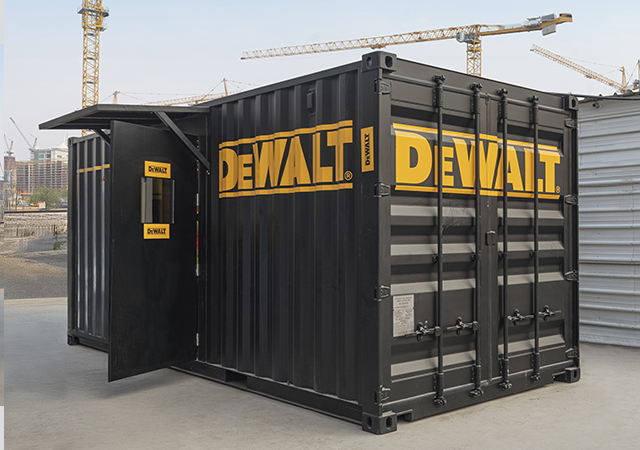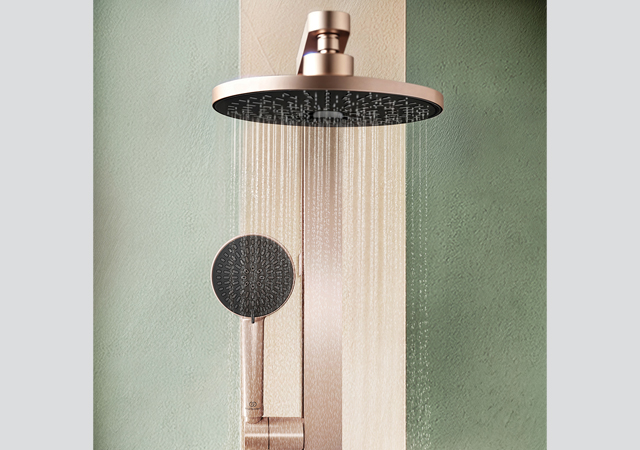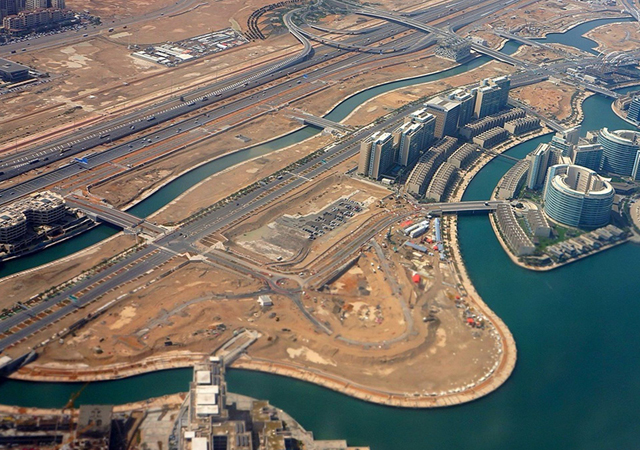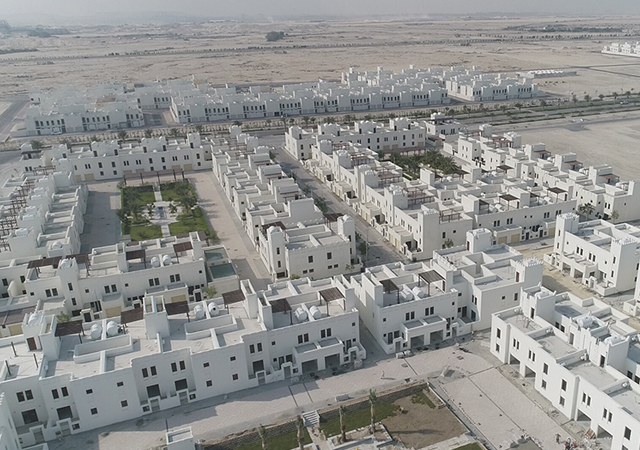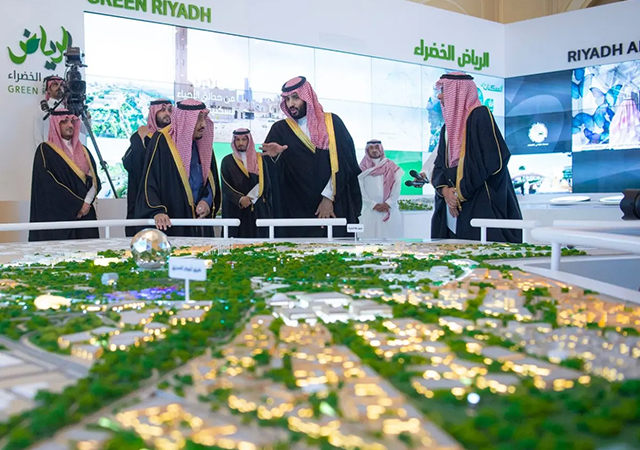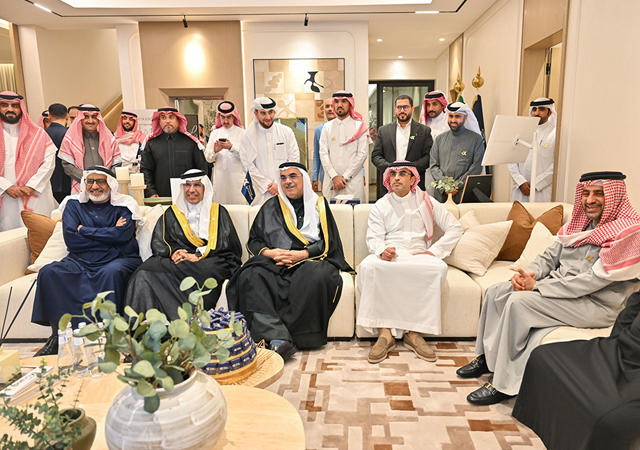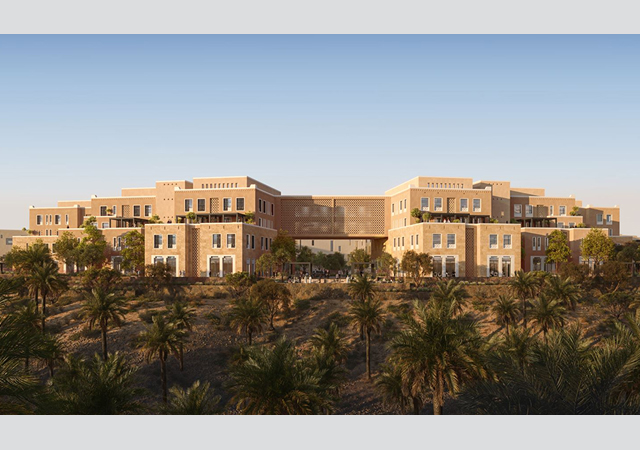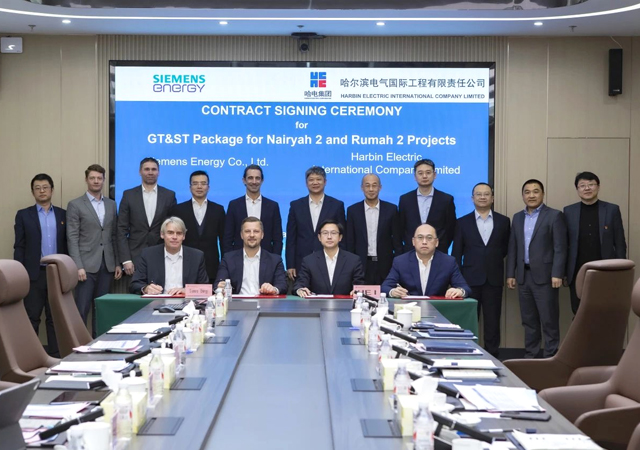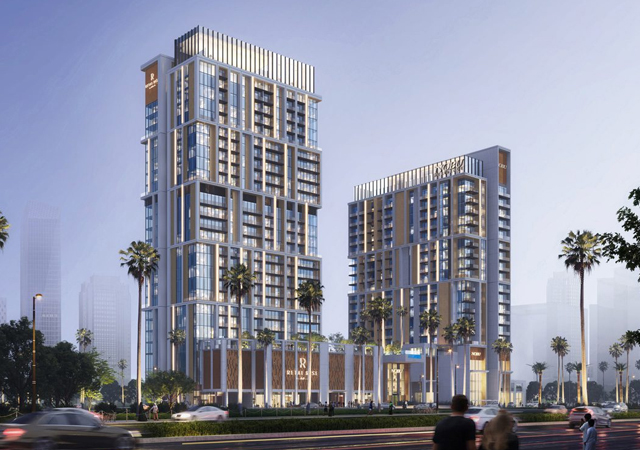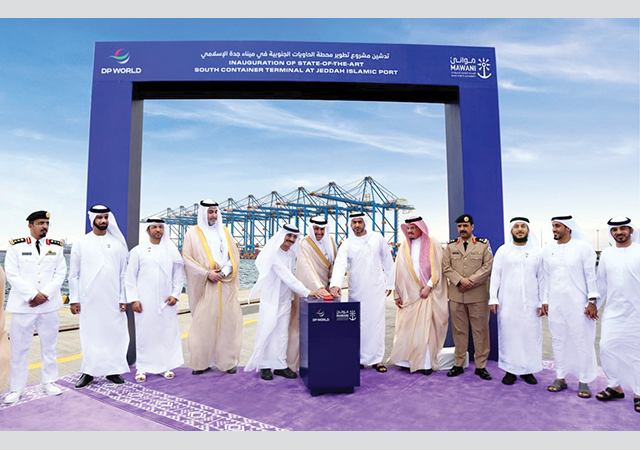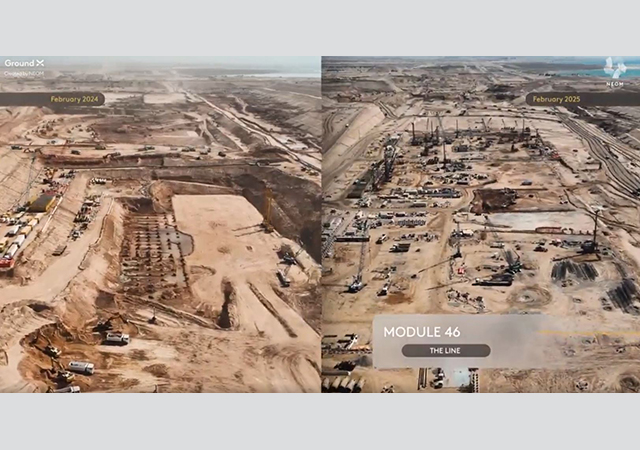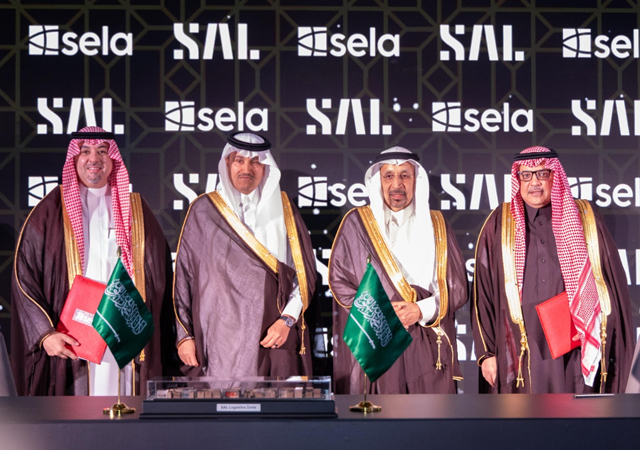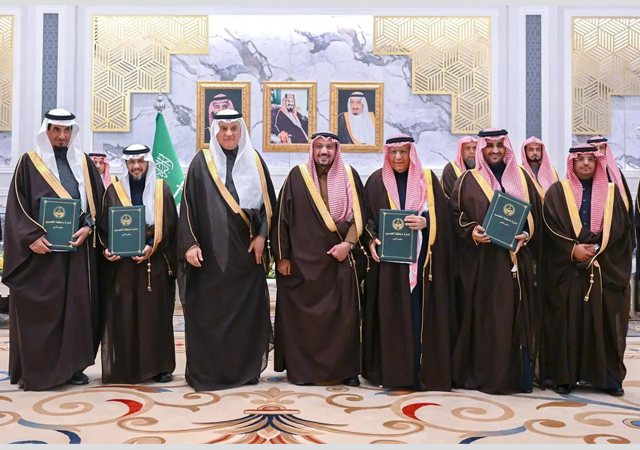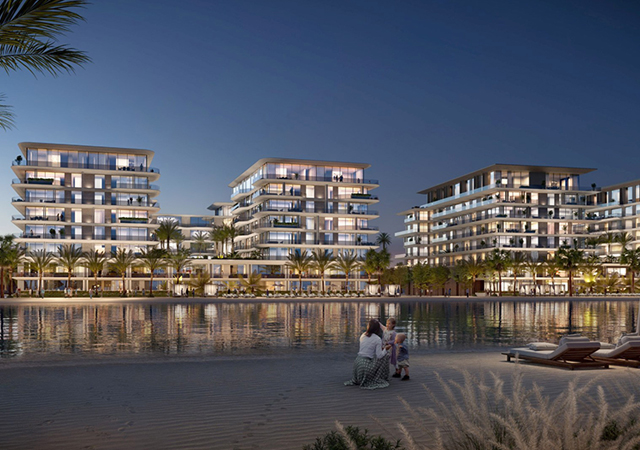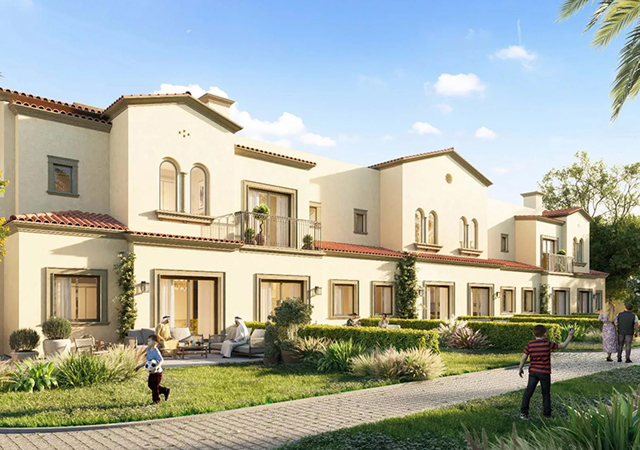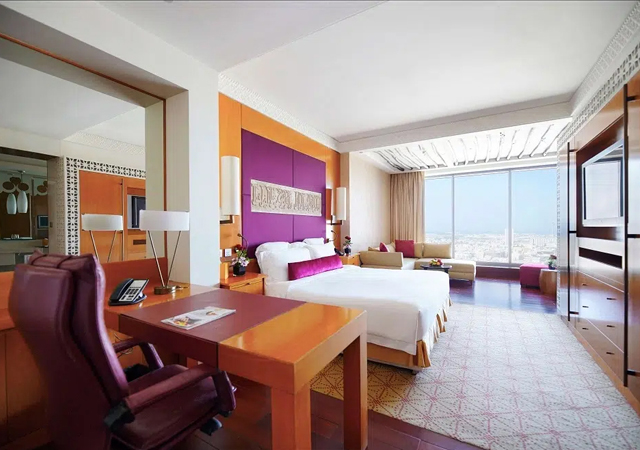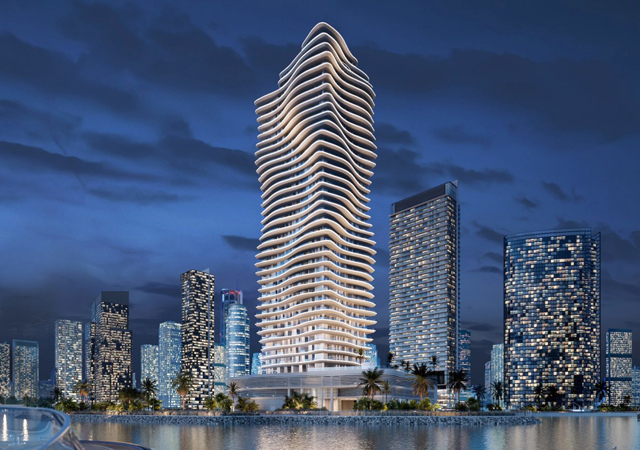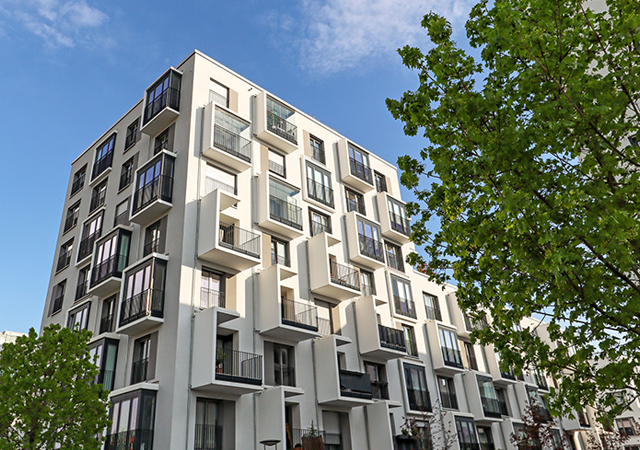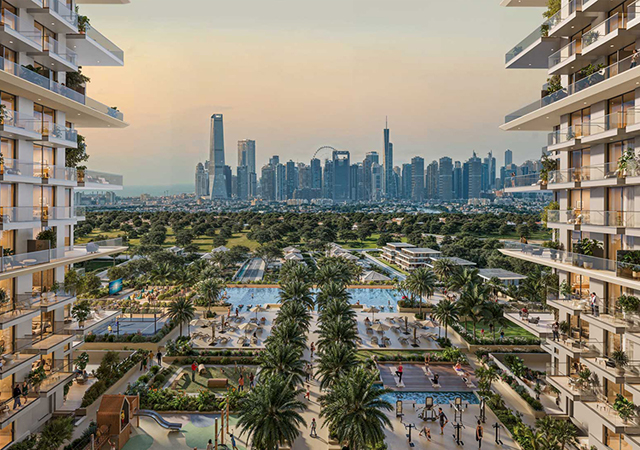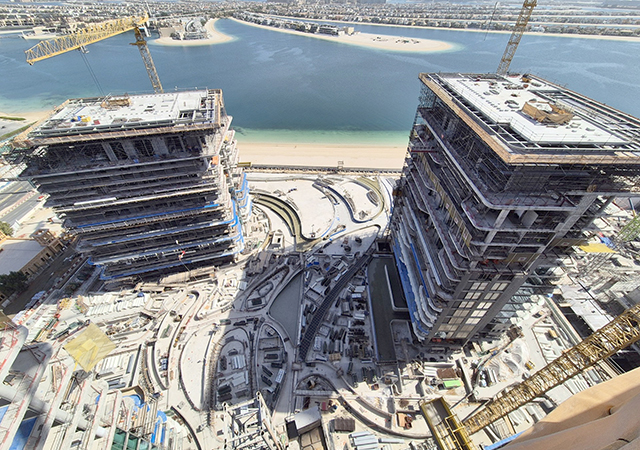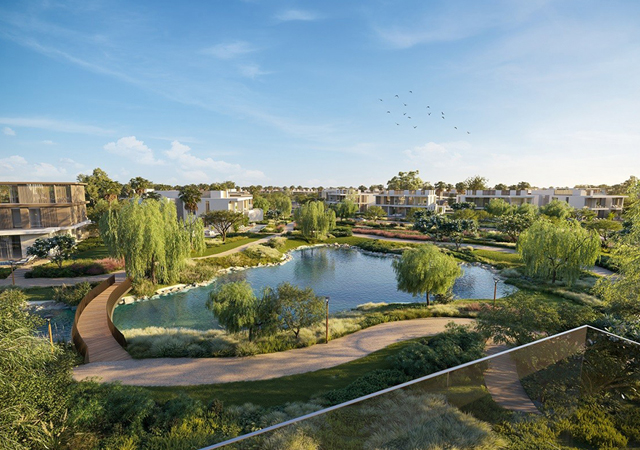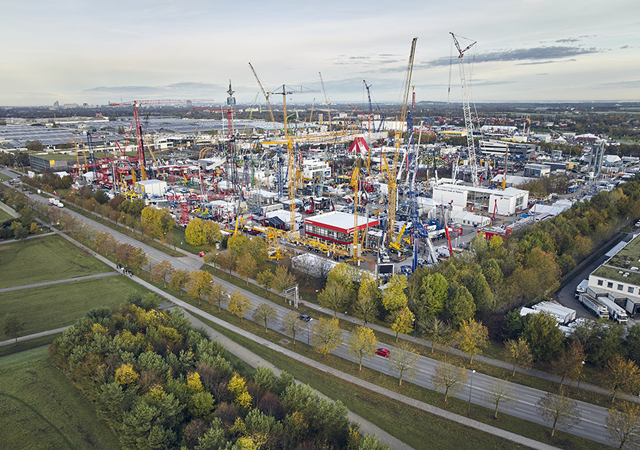

SAUDI Arabia-based Sigma Paints has launched a new eco-label across a wide range of its products, promoting development without compromising on the environment.
Sigma’s ambitious plan – which required years of laboratory work in reformulating the product assortment – addressed multiple objectives, to ensure sustainability while maintaining the overall superior performance. The latter also aimed at further enhancing environmental values through extended maintenance intervals and a reduced paint requirement – and hence reduced cost, says the company.
The new ‘Eco Protection’ label indicates that all the products bearing the logo are water-based, lead-free and contain low amounts of VOCs (volatile organic compounds). The assortment of products that meet the eco-protection guidelines comprise primers, fillers, textures and emulsions, allowing Sigma to offer complete environment-friendly systems, according to Steven Rijkaard, brand manager for Sigma Paints Middle East.
 |
|
Lejuez ... green focus. |
VOCs are known to have an influence on the greenhouse effect contributing to changes in the atmosphere and hence various ‘green building’ regulations stipulate minimising their content in paint.
Sigma’s latest move comes in line with global initiatives to protect the environment. There is growing pressure worldwide to ensure buildings are constructed in line with the various environmental rating systems available globally such as Leed (Leadership in Energy and Environmental Design) developed by the US Green Building Council, BREEAM (Building Research Establishment Environmental Assessment Method), the earliest building rating system for environmental performance assessment developed by the British Research Establishment, and the Green Star launched by Green Building Council of Australia.
“The European Green Building Programme standard, though voluntary, is even more stringent requiring even lower percentages while the international Master Painters Institute also has its own green performance standards and a list of banned chemicals,” he points out.
In the Gulf region, Abu Dhabi is pushing forward with its Estidama (sustainability in Arabic) rating system while Dubai is developing its Green Building Regulations by comprehensively analysing the above six rating systems and studying countries which have a climate similar that of Dubai and which have green-building regulations including Australia, Singapore and the US.
“In line with these initiatives and since Sigma takes its environmental responsibilities very seriously, we decided to introduce our own eco protection standard with this label. This eco-label will indicate to architects, designers, contractors and end-users that these products comply with all the recognised VOC standards and worldwide legislation, hence we offer the choice of environment-friendly products that simultaneously offer top-of-the-range results,” Rijkaard says.
Sigma’s marketing manager Antoine Lejuez, who was responsible for the implementation of VOC-compliant products across the company’s division in France, Spain, Italy and Greece before coming to the Middle East last year, explains: “We are looking to sustainability and green products. Our company has a long history of producing environmentally-sound products, even before it was trendy to do so.
“Sigma today can lead the way towards green thinking in a broader spectrum in the construction field and become a role model in this region.
 |
|
Sigma products bearing the ‘Eco Protection’ |
“We are achieving success by incorporating green values into the entire process from the laboratory through to production and use and throughout the human side of our operation from the workers to the management’s responsible and caring attitude.
“Using greener products is something people can do every day and is becoming a very trendy – and because of our European roots and the work that has been done there, we are in an ideal position to promote these products.”
In order to comply with the stringent European standards, Sigma needed to reformulate all its products without compromising their visual colour standards, which was a long process taking around five years of extensive research and development, and involving bringing in new raw materials and working both in the laboratory and with end-users to bring the VOC content of many of its lines to below the European standard.
Lejuez continues: “The label is on various products from primers and fillers to flat finishes and textures for both interior and exterior application.
“The products can be produced in any desired colour while giving customers the confidence that what they are choosing is compliant with the highest environmental standards, in fact, we go even further than the legislation requires us to.
“At a glance, you can see on the logo the blue of the sea and the green of the earth and it provides concise and simple wording which explains its environmental credentials. These are products that are already available but the logo will allow easy identification so that our customers can do their bit for the environment at the same time as getting beautiful flawless finishes in their decorative projects.”


